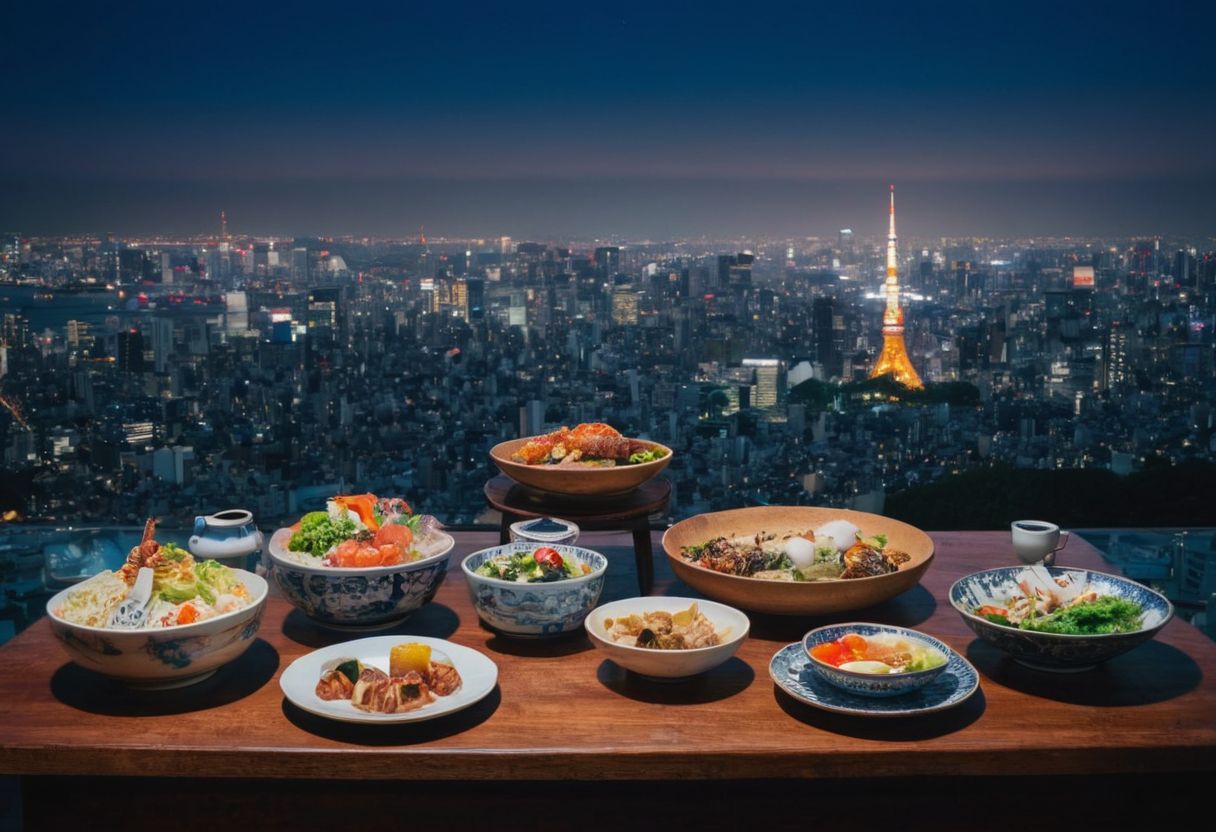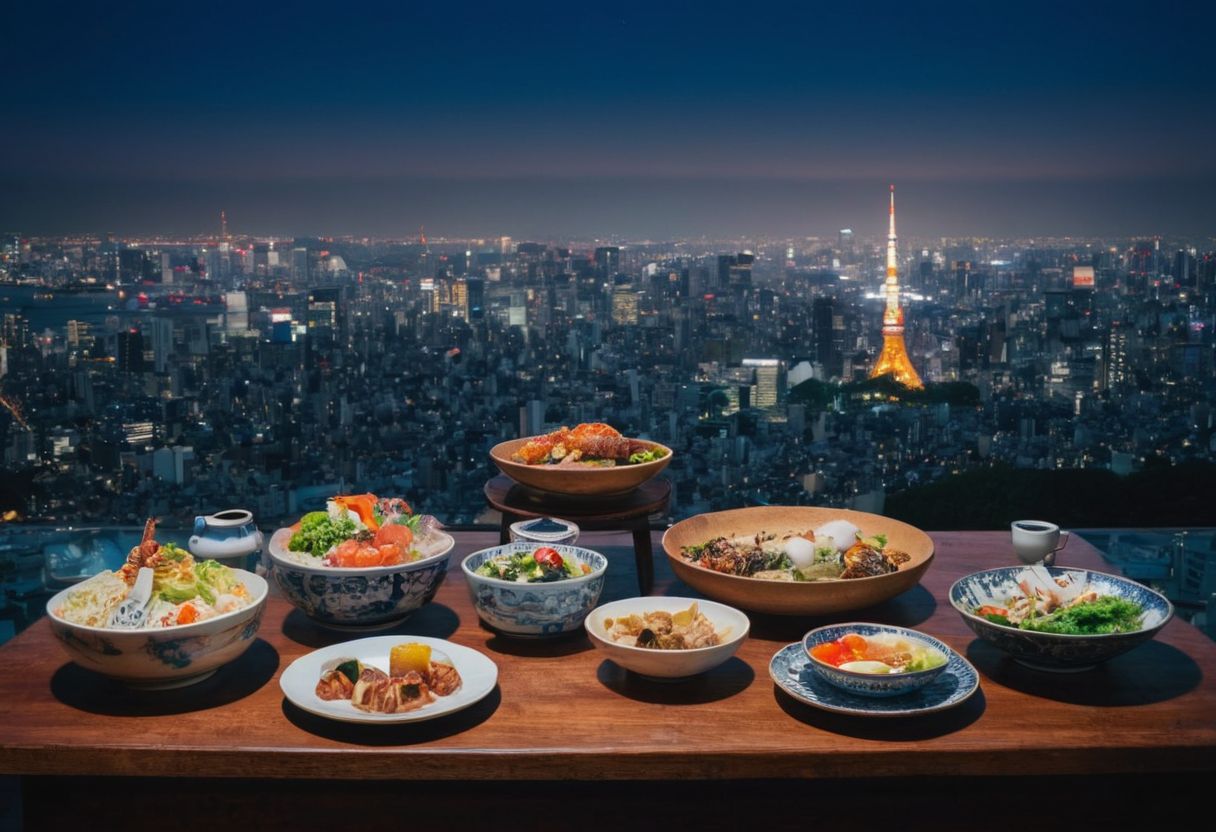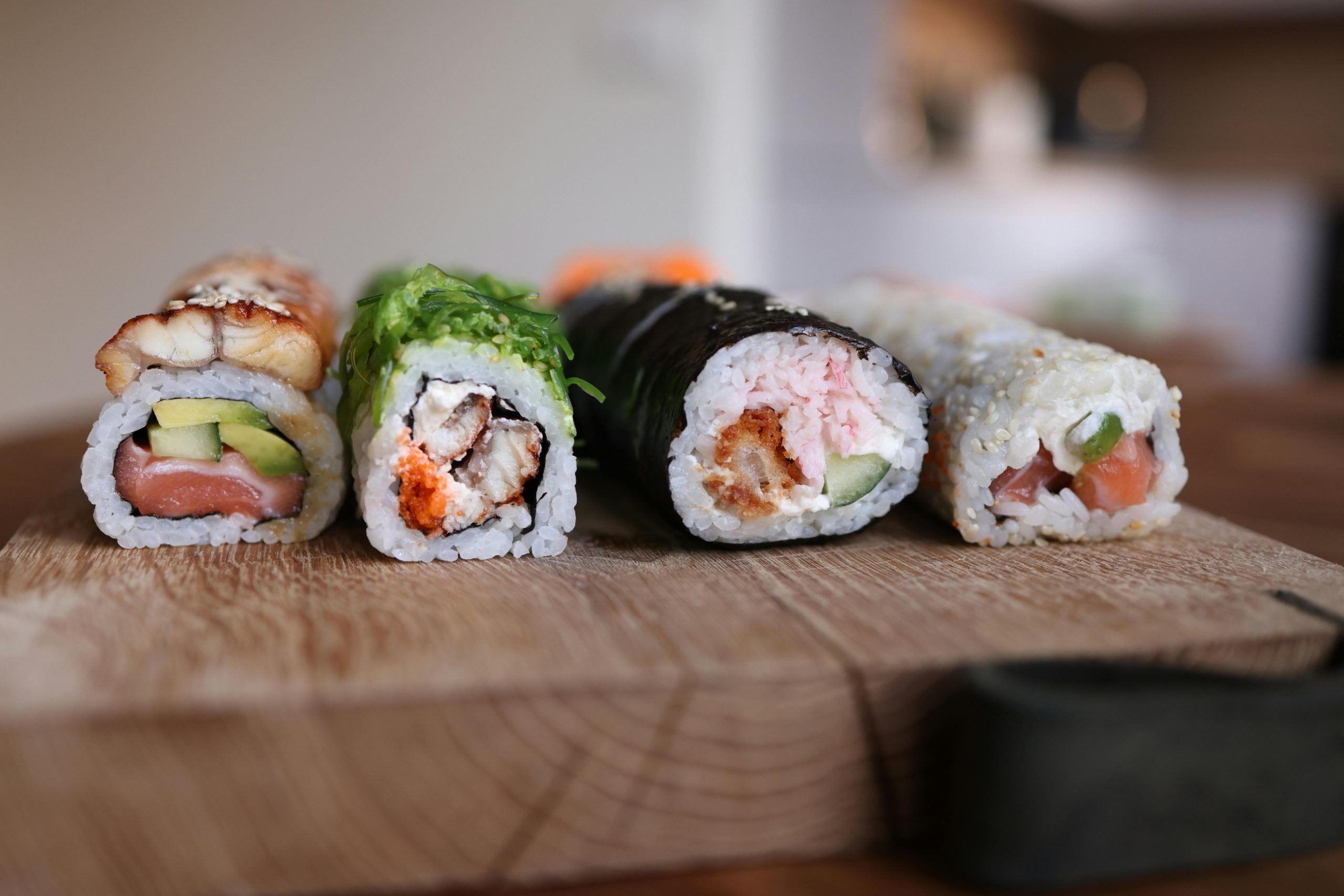Have you ever craved the sizzling delight of Beef Teppanyaki but felt intimidated by the cooking process?
It can seem daunting to recreate this iconic Japanese dish at home without the traditional teppan grill.
Luckily, you can whip up a delicious Beef Teppanyaki using just a regular skillet, some thinly sliced beef, and a savory marinade of soy sauce, mirin, and spices.
In this comprehensive guide, we’ll explore everything from the essential ingredients and step-by-step cooking instructions to nutritional insights and perfect sake pairings to elevate your Beef Teppanyaki experience.
Essential Ingredients for Beef Teppanyaki

Preparing beef teppanyaki at home begins with selecting the right ingredients. The most crucial element is the beef; suitable cuts include sirloin, tenderloin, or ribeye due to their tenderness and flavor. These cuts cook well on high heat and retain a juicy texture, ideal for the quick cooking style of teppanyaki.
Besides beef, you’ll need soy sauce, mirin, and sesame oil for the marinade. Vegetables like onions, bell peppers, and shiitake mushrooms are also essential, adding freshness and crunch. For cooking, a flat iron grill or a heavy skillet can be used to achieve that characteristic sear.
Step-by-Step Cooking Instructions for Beef Teppanyaki
Start by thinly slicing the beef and marinating it in a mixture of soy sauce, mirin, garlic powder, and black pepper for at least one hour. This process infuses the beef with rich flavors and tenderizes it.
Heat a tablespoon of vegetable oil in a skillet over medium-high heat. Add the marinated beef slices, spreading them evenly. Cook for about 10 minutes, turning occasionally until they are browned and caramelized.
Once the beef is cooked, remove it from the skillet. Pour the leftover marinade into the pan, add an extra tablespoon of mirin, and simmer until the sauce thickens slightly. Drizzle this sauce over the cooked beef before serving.
Nutritional Profile of Beef Teppanyaki
Beef teppanyaki is not only delicious but also nutritious. A typical serving contains about 411 calories, with 22 grams of protein and 32 grams of fat. It’s a hearty dish that provides a good amount of energy.
While rich in protein and iron, beef teppanyaki can be high in sodium and fat, making portion control important. Accompany the dish with vegetables to balance the meal and add dietary fiber, which aids in digestion.
Crafting the Perfect Yakiniku Sauce for Beef Teppanyaki
To make the perfect yakiniku sauce, start by heating a teaspoon of sesame oil in a small saucepan. Add ginger and garlic purees and sauté for about a minute. Then, pour in half a cup each of sake and mirin, bringing the mixture to a simmer.
Add half a cup of soy sauce, two teaspoons of brown sugar, a teaspoon of honey, and a sprinkle of chili flakes to the pan. Let the sauce simmer for 2-4 minutes until it thickens. Adjust the taste with additional sugar or honey if needed, and it’s ready to serve alongside your beef teppanyaki.
Best Sake Pairings for Beef Teppanyaki

When enjoying the rich flavors of Beef Teppanyaki, selecting the right sake can significantly enhance the dining experience. Junmai sake, known for its robust and umami-rich profile, complements the savory beef perfectly. This type of sake has a higher acidity and a fuller body, which helps it stand up to the strong flavors of the beef and the sweet-savory yakiniku sauce used in teppanyaki.
For a lighter pairing that cleanses the palate between bites, consider a Ginjo sake. This sake is more aromatic and has a slightly fruity note that provides a refreshing contrast to the heavy flavors of the dish. Here are some pairing tips:
- Junmai: Best for its hearty embrace of the beef’s umami.
- Ginjo: Offers a delicate balance, cutting through the richness of the sauce.
The Historical Origins of Teppanyaki
The teppanyaki cooking style, now renowned for its dramatic flair and interactive dining experience, originated in Japan over 200 years ago. Initially, it was a modest method of preparing stir-fried noodles and other dishes on small grills within Japanese homes. This traditional practice laid the groundwork for what would later evolve into a much-celebrated culinary art form.
The transformation of teppanyaki into a dining spectacle began in 1945 with the opening of Misono in Kobe, Japan. This restaurant is credited with revolutionizing teppanyaki by introducing the concept of cooking Western-influenced food on large, flat griddles right in front of guests. Despite its lukewarm reception among the Japanese, who preferred more traditional cuisines, teppanyaki became a hit with foreign tourists, captivated by the chefs’ skillful performance and the delicious, freshly cooked meals.
Traditional Teppanyaki Preparation in Japan

In Japan, traditional teppanyaki preparation is an art form that requires precision and skill. Chefs use an iron plate to cook ingredients, focusing on the freshness and quality of each item. This method not only cooks the food but also enhances its flavors through controlled heat distribution.
The presentation of teppanyaki in Japan is as important as the cooking technique itself. Chefs perform culinary feats, turning the preparation into a captivating show. Key presentation styles include:
- Artistic arrangement of food
- Skillful manipulation of cooking tools
- Engaging interaction with diners
Teppanyaki vs. Hibachi: Understanding the Differences
Teppanyaki and Hibachi are two distinct Japanese cooking styles that are often confused in the West. Teppanyaki is characterized by the use of a large, flat iron griddle where food is cooked in front of guests, providing a dynamic culinary show. This method utilizes gas or electric grills for an even, controllable heat, making it suitable for a variety of dishes from meats to vegetables. On the other hand, Hibachi involves cooking over a heat source of charcoal or wood in a “fire bowl,” which imparts a smoky flavor to the food.
The dining experiences offered by teppanyaki and hibachi also differ significantly. Teppanyaki is known for its entertainment value, with chefs performing tricks like the famous onion volcano or expertly flipping shrimp tails. This style is typically seen in more upscale or themed restaurants where the preparation is part of the spectacle. Conversely, hibachi provides a more intimate and traditional experience, focusing on the natural flavors and simplicity of the cooking method, often enjoyed in smaller, more casual settings.
Discover Teppanyaki in Zurich with Indulge‘s Culinary Tours
If you’re enchanted by the rich flavors and intricate cooking techniques of Beef Teppanyaki, then INDULGE‘s culinary tours in Zurich might just be your next great adventure. These exclusive tours not only introduce you to Swiss culinary delights but also offer a unique perspective on international cuisines, including the revered Japanese teppanyaki. It’s a perfect blend of local and global tastes, all set against the beautiful backdrop of Zurich.
By joining an INDULGE culinary tour, you’ll gain deep insights into the art of teppanyaki among other culinary styles. Here’s what you can expect:
- Expert guidance from local chefs and sommeliers
- A curated exploration of Zurich’s best dining spots
- An immersive experience that goes beyond the standard tourist paths
Whether you’re a seasoned foodie or a curious traveler, these tours promise a memorable addition to your culinary repertoire, enhancing both your knowledge and appreciation of global cuisines.
Frequently Asked Questions
What is teppanyaki beef?
Teppanyaki beef refers to beef that is cooked using the teppanyaki style, which involves grilling on a large, flat iron griddle. This method is known for its high heat and quick cooking, which helps retain the juicy texture and enhances the flavors of the beef. Suitable cuts for teppanyaki include sirloin, tenderloin, or ribeye, which are marinated and then cooked to perfection on the teppan grill.
What kind of food is teppanyaki?
Teppanyaki is a style of Japanese cuisine that uses an iron griddle to cook food. This method is distinguished by its interactive dining experience and is commonly used to cook a variety of dishes, including meats like beef, chicken, and seafood, as well as vegetables. The food is typically prepared right in front of guests, making it both a culinary and a visual spectacle.
Is beef teppanyaki healthy?
Beef teppanyaki can be considered both nutritious and indulgent. It is rich in protein and iron, thanks to the beef, and can be a good source of energy. However, it can also be high in sodium and fat, depending on how it is prepared and the cuts of beef used. To make it a healthier option, it’s advisable to control portion sizes and accompany the beef with a variety of vegetables, which add dietary fiber and nutrients to the meal.








